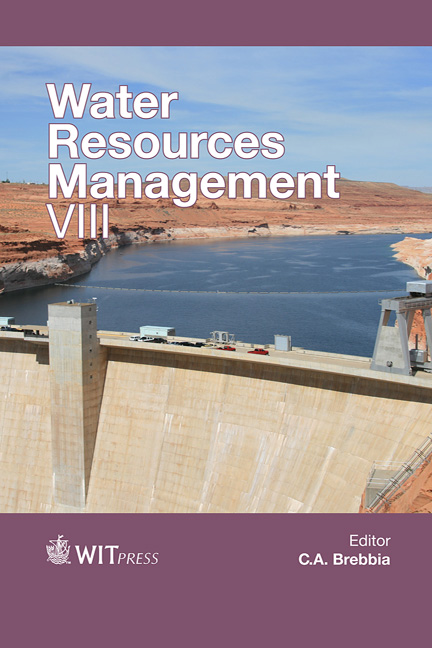Application Of Statistical Downscaling Model (SDSM) For Long Term Prediction Of Rainfall In Sarawak, Malaysia
Price
Free (open access)
Transaction
Volume
196
Pages
10
Page Range
269 - 278
Published
2015
Size
711 kb
Paper DOI
10.2495/WRM150231
Copyright
WIT Press
Author(s)
M. Hussain, K. W. Yusof, M. R. Mustafa, N. R. Afshar
Abstract
Long-term prediction of rainfall over a catchment is a challenge for hydrologists. It is required for water resources management, hydropower energy forecasting and flood risks assessment in river basins. Several large scale climate phenomena affect the occurrence of rainfall around the world i.e El Nino Southern Oscillation (ENSO) and Indian Ocean Dipole (IOD) are most famous for their effect on India, North and South America and Australia. This study is motivated to evaluate the performance of Statistical Downscaling Model (SDSM) developed by annual and monthly sub models for rainfall downscaling from Global Climate Models (GCMs) over the two districts in Sarawak. It is noted that the monthly sub-models have better performance over the annual sub-models. However, both monthly and annual sub-models have poor correlation with the recorded rainfall for the calibration and validation period. Results indicate that both stations show increasing trend in the future annual rainfall under H3A2 and H3B2 scenarios of HadCM3. SDSM predict that the annual rainfall at Belaga and Limbang is expected to increase by 37.8% and 22.7% respectively by 2074. Overall the SDSM approximates the average rainfall very well during the calibration and validation period but the correlation between observed and forecasted rainfall was not so good. And there is a need to improve the statistical downscaling modelling to develop better correlation between predictand and predictors to have better model performance over the wet regions like Sarawak.
Keywords
statistical downscaling, SDSM, rainfall forecasting, long term prediction, monthly and annual sub models





